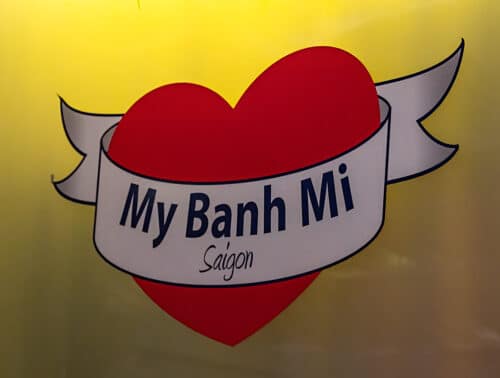Hey, heritage hotel lovers. Here is another legend we want to shine the light on, simply because it is a landmark on its own. After all, this is one of the oldest still operating hotels in the world. Of course, we are talking about the Mandarin Oriental Bangkok Hotel, situated on Chao Phraya River banks for almost 140 years. Please enjoy our Mandarin Oriental Bangkok History article and find out more about this legendary hotel.
Contents

Early Days: 1862-1893
The land where this hotel stands used to be royal land and the royal family has an important role in this hotel. Where is now lobby stands it used to be a royal palace of Rama III, Prince Rajasihavikrom in 1850. Next to this palace, in 1860, Captain James White opened a boarding house. It stood on the grounds of today’s East Asiatic Company (Oriental’s neighbor to the South). Captain died in 1863 and his boarding house was taken over by two Americans – Atkins Dyer and William West. They turned it into the first hotel in Bangkok – Oriental Hotel. A year later, the hotel’s partnership was changed to Atkins Dyer and Barnes, another American. Sadly on 11 July 1865, Oriental Hotel burned down together with 69 nearby buildings.

German and Then Danish Ownership
A German, C. Falck took over the remainings of this unlucky hotel and restored it for new guests. Flack’s Hotel was opened in 1866 and had a novelty – a bowling alley. At the same time, gas street lighting was installed in Bangkok, which was a great deal for that era. In the 1870s German ownership ended, and his successor C Salje, a Danish seaman did some great improvements. He moved this former guesthouse one step higher, closer to what may be considered a western hotel. He offered family accommodations, bathrooms, billiards room, and American Bar.

Salje and his fellow Dane, H Jarck owned not only a hotel but also mineral water filling station. In 1881 they retired and sold their business to another Dane, Hans Niels Anderson. Andersen and his partners, P Andersen and F Kinch established Messrs Andersen & Co. They became owners of the Oriental Hotel, the Oriental store and ship chandlery, the Oriental factory, the Oriental bakery, the aerated water filling station, and the Koh-Si-Chang Hotel & Store.

Here Comes the Fame
It didn’t take long for the Oriental Hotel to be in the news. On the west, it was advertised as the only place in Bangkok where one could go. The hotel was known as luxury accommodation and their business reached beyond the hotel’s walls. At some point when the French ambassador stayed next door, they used catering service for their receptions prepared in Oriental Hotel. When business took off the Prince Rajasihavikrom’s successor, Prince Prisdang suggested building a new Oriental Hotel on his father’s land.

That was an important addition to a new hotel on New Road, called Bangkok Hotel. This Hotel was offering all amenities, from ‘First Class Family Residence’ to ‘Ladies Drawing Room’ and ‘Dining Room’. Andersen commissioned a team of local Italian architects, S Cardu & Rosi, to design a completely new building. The Italian architects created an astonishing structure, which still stands at the heart of the hotel and is now known as the Authors’ Wing. That is how the hotel became a shiny star in Indochina.
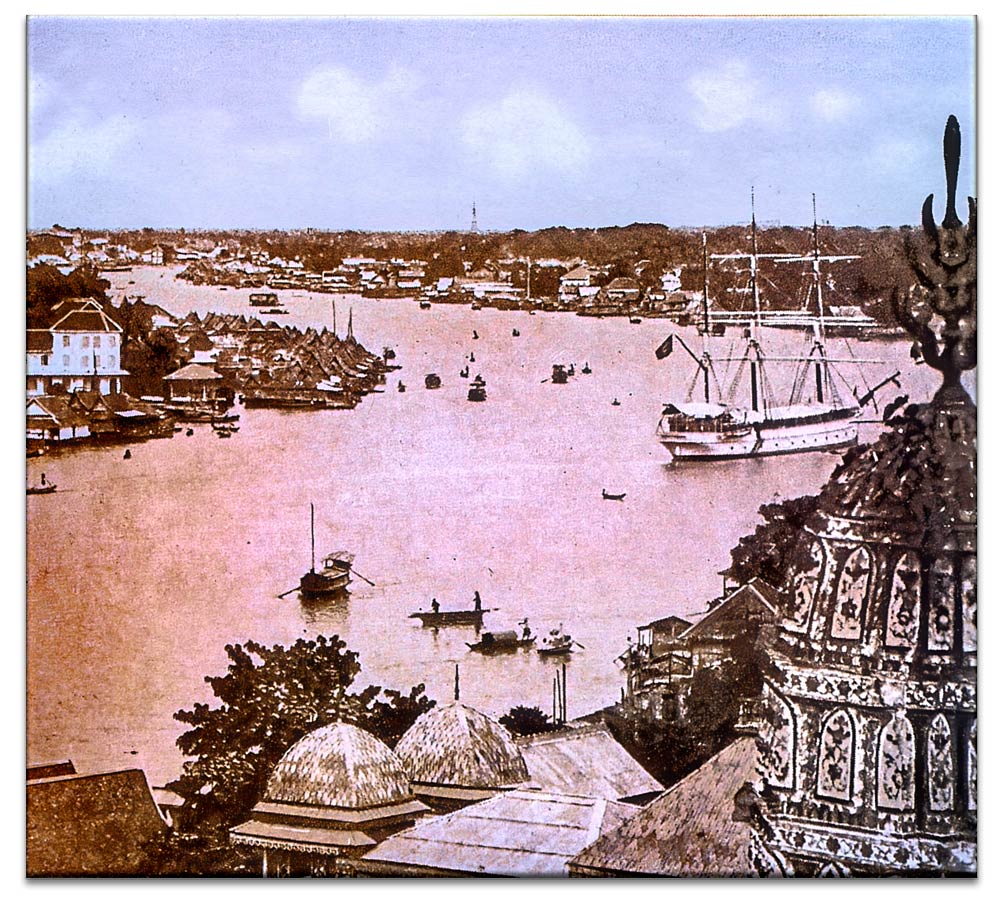
HIH Crown Prince Nicholas of Russia as a Guest
Oriental Hotel became the venue to hold important parties. In fact, there was almost no bigger banquet, where Oriental Hotel wouldn’t be present. In December 1890, His Majesty King Chulalongkorn paid a private visit to The Oriental. The King was so impressed that he decided to accommodate in Oriental a Crown Prince Nicholas of Russia, who became Tsar in 1894. Crown Prince Nicholas was at The Oriental in April 1891 and this was the beginning of a long-lasting relationship between Oriental Hotel and the Royal family.
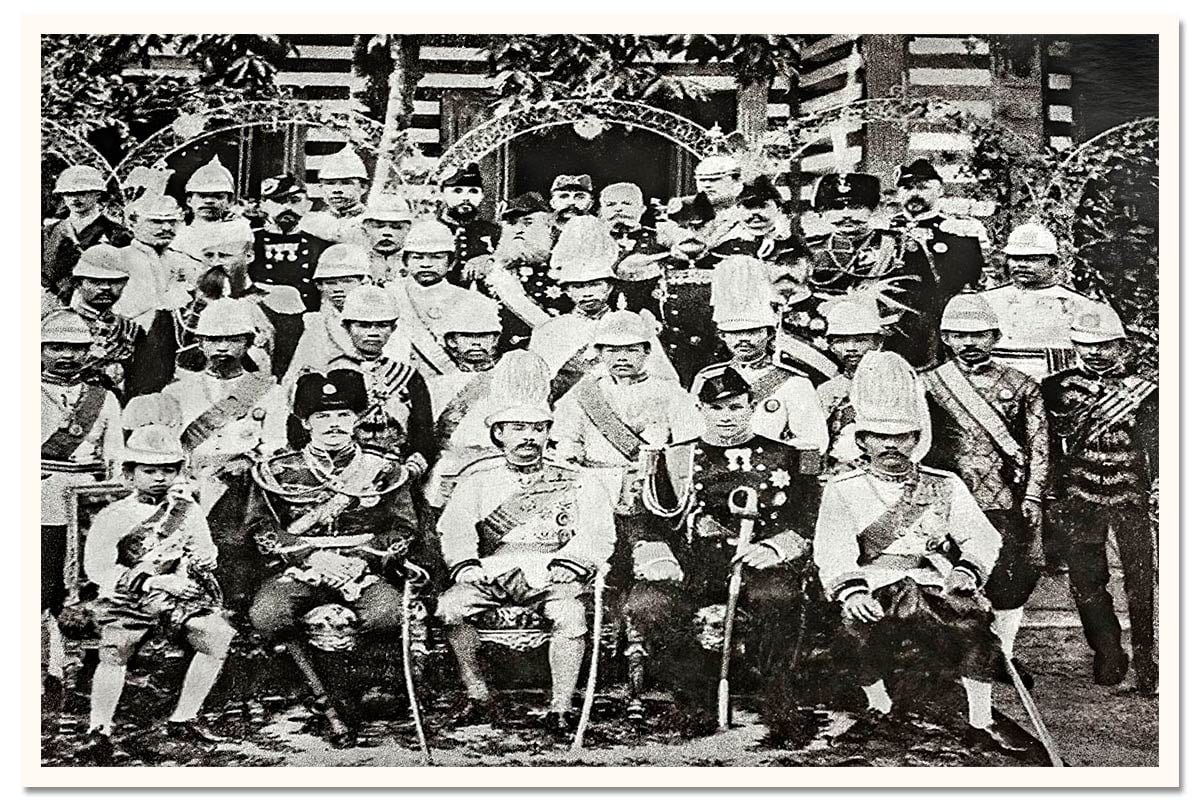
Novelties
Every drop of liquor was consumed during the Russian delegation’s stay. That was a clear sign of well-being in that hotel. At the same time, the hotel got a new modern electric light, which was a great improvement for that time. Important to realize, there were only two more places with electric lights; Siam Electric Light Co’s works and the Royal Palace.

You Might Also Like
In 1893 H N Andersen sold the hotel business to Franklin Bill Hurst for $22,000. Andersen was still the owner of the neighboring Oriental Store, which continued to supply the hotel with different imports. Those goods were the most expensive wines in the world, like Château Mouton and Château Lafite Rothschild. Andersen returned to Denmark and founded the East Asiatic Company, along with the first director of the Landmans-Banken. Nowadays, it is the largest company in Denmark with worldwide branches.
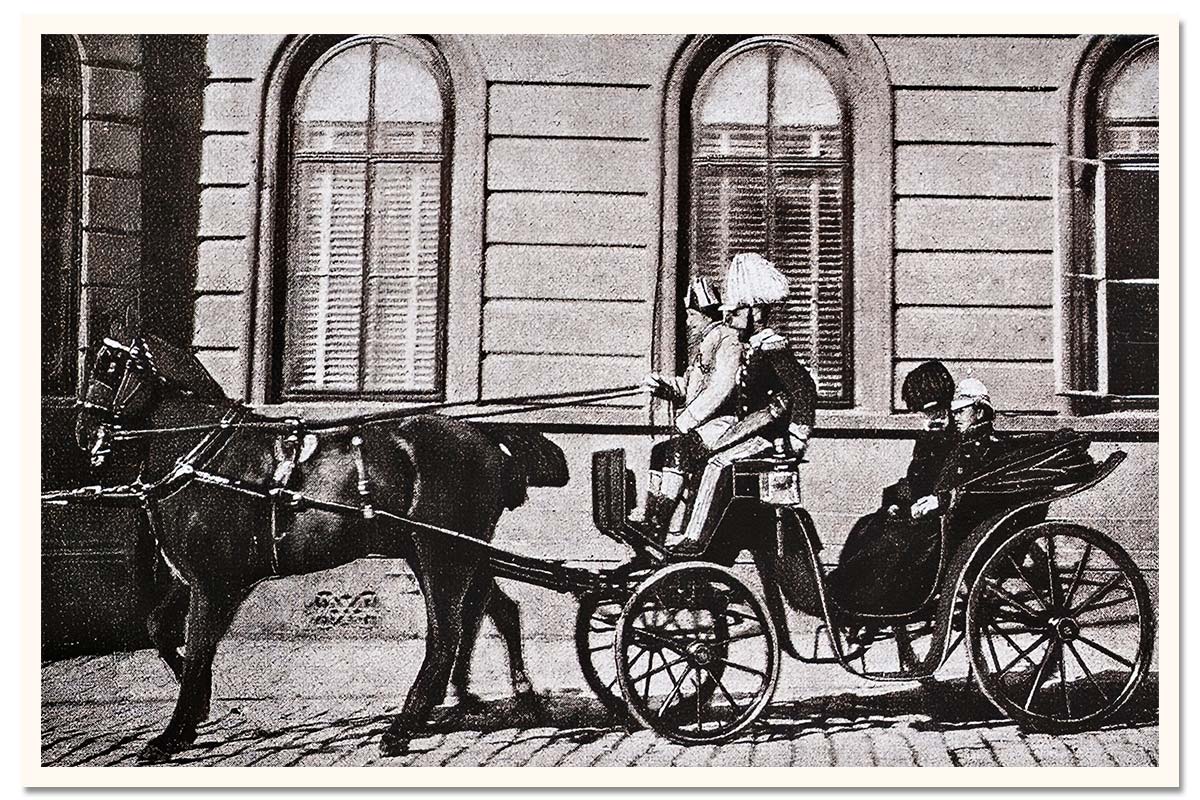

It is not clear why the hotel was sold, but it is possible that there was a problem with the ‘chit method’ payment. A credit form, that was often never paid. The same ‘problem’ was in the Eastern&Oriental with Sarkies. However Hurst hired American W.J. Palmer to manage the property, and he abrogated that paying system.

Paknam Incident
England and France were in their “Colonization Race” and pressures from French authorities were high. The climax was reached in 1893 in the so-called ‘Paknam Incident’. While sailing off Paknam through Siam’s Chao Phraya River to Bangkok, three French ships were fired on by the Siamese. As a result, Franch blockaded Bangkok and fired guns on the Royal Palace. French warships anchored directly in front of the French Embassy and the Oriental Hotel. The King of Siam avoided bloodshed but the price was high. It was included payment of a war indemnity of three million French francs and the cession of a certain territory, including a portion of the State of Luang Prabang, to France.

Writers Dwelling
Joseph Conrad
Oriental Hotel was hosting many famous people, and surprisingly a lot of well-known writers. Imagine this Chao Phraya River bank in the shine of the full moon and small orchestra playing tender tones at the back… What better brain stimulation can you ask for? Yeah, yeah that small amounts of opium from China… Anyway, in 1888, the hotel was hosting the not yet famous Joseph Conrad. At that time he was a new captain of the ship Otago, where he got a lot of experience and material for his writing. One of the well-known works is also ‘Lord Jim’. As a matter of fact, that name we can find in today’s hotel seafood restaurant.

Joseph Conrad. Photo: public domain
Maxwell Sommerville
He was a guest in this legendary hotel in 1897. At that time he was the first and only Professor of Glyptology, the study of engraved gems and collecting artifacts of Buddhist worships. Maxwell was an inspired travel writer, travel blogger of that era ;). He arrived at Oriental Hotel with his wife and they were simply astonished by this place and left a rich writing history about the hotel at that time. Oriental Hotel was described as one of the noblest here on the East. For example, they were surprised by two sheets on the bed; that was a luxury they were often denied in India and Burma. He described also a fruit selection in this hotel. At dinner, they were serving mangosteens, bread-fruit, oranges, custard-apples, papaya, pineapples, mangoes, bananas, and even durian despite its intense odor.

William Somerset Maugham
With 850 million books sold, he became the most read author of the 20th century. In ‘The Gentleman in the Parlour’ he described also his first visit to Oriental Bangkok. ‘The hotel faced the river. My room was dark, one of a long line, with a verandah on each side of it, the breeze blew through, but it was stifling. The dining room was large and dim, and for coolness’ sake, the windows were shuttered. One was waited on by silent Chinese boys. I did not know why the insipid Eastern food sickened me. The wats oppress me by their garish magnificence, making my headache. I took my temperature. I was startled topo see that it was a hundred and five. I could not believe it, so I took it again; it was still a hundred and five’.
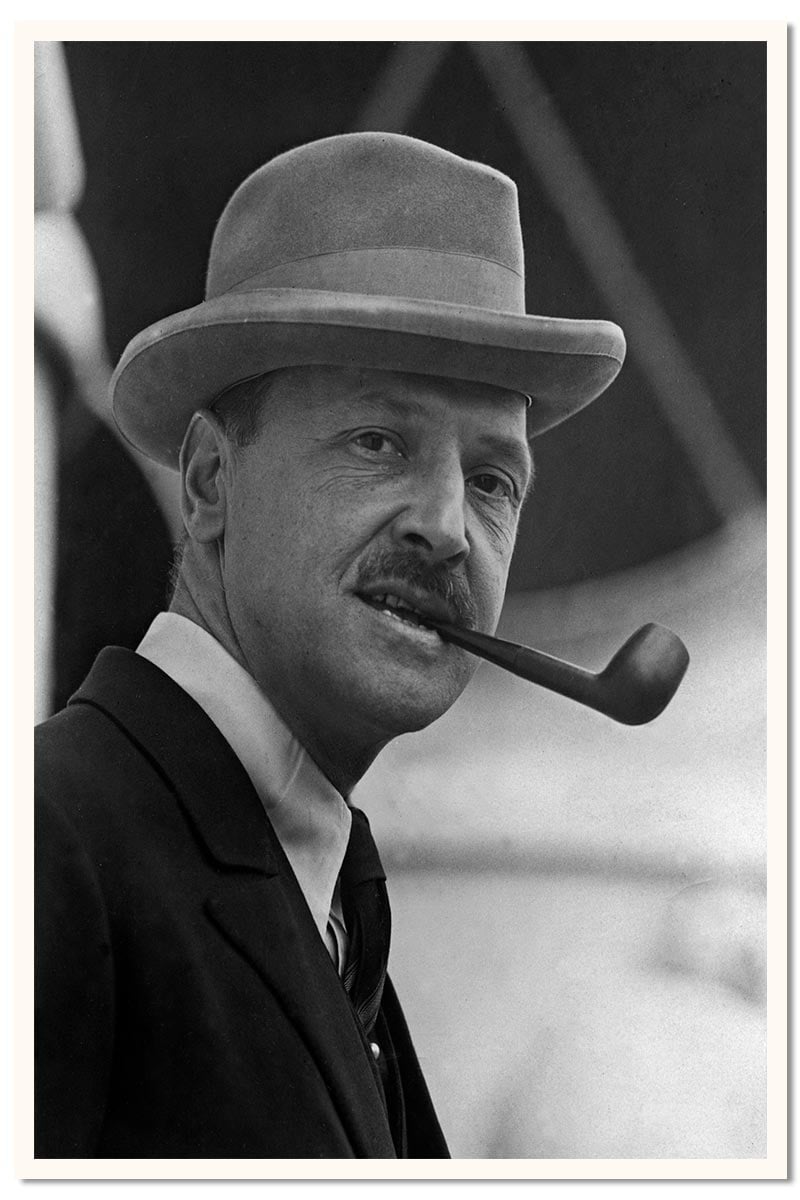
Malaria
Maugham had contracted malaria while traveling. It was a bad attack. One morning he overheard a conversation between the hotel manager, Maria Marie, and the doctor. ‘I can’t have him die here, you know. You must take him to the hospital.’ The doctor decided to wait a day or two. Luckily Maugham recovered a few days later. Because he had nothing to do except look at the river and enjoy the weakness left by disease, he invented a fairy story. He was in the Oriental Hotel two times more. Once in 1925, when he stayed there for two weeks and the second time in 1960 to celebrate his 85th birthday. This time he dined with legendary Jim Thompson. He reminisced: ‘I was almost evicted from the Oriental Hotel because the manager did not want me to ruin her business by dying in one of her rooms.’
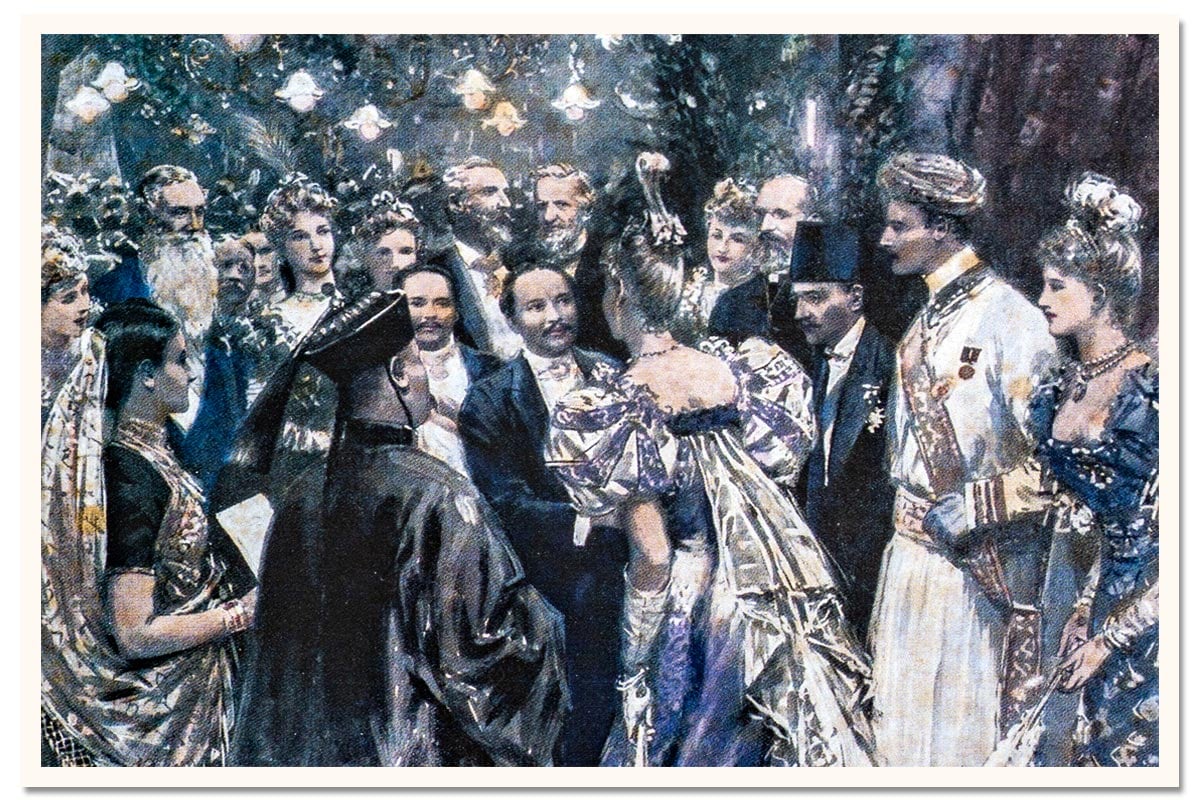
Collapse and Women Empower
The hotel was working fine and it was known as a high social hub. However, in 1899, Hurst decided to sell his interests in the Oriental Hotel to a syndicate of a Mr. W Downie. During the following three years the Oriental underwent further expansions and improvements. These times were very turbulent for the hotel.

In 1903, the hotel was taken over by F S Robertson, but not for long. A few months later he had to leave town in a hurry, due to his debts. The hotel was closed down temporarily till 1905 and was established back by Mr. Carl G Edwards, an American. Management was proposed to Mme M O Bujault. She engaged Viennese orchestra, revived the tradition of musical dinners, and employed a new French chef – Monsieur Brier. From this time on the cuisine in Oriental Hotel was at an exquisite level.

Maria Marie
Anyway successful years of Madame M O Bujault lasted only till 1910. She was the first women manager of The Oriental, but certainly not last. Her successor was Maria Marie. She became a legend in her own right. The hotel was in its ‘golden era’, with its patron – Peter Carl Fabergé. He is a well-known jeweler known by the famed Fabergé egg. At Oriental Hotel he did a few successful exhibitions. In addition to that the new King Vajiravudh – Rama VI became his valued customer.

The Oriental Hotel became a famous center not only for travelers but also for diplomats and businessmen. It even became the seat of a diplomatic mission. In 1913, the Imperial & Royal Austro-Hungarian Legation in the Kingdom of Siam established a chancery at the hotel. Good relationships lasted only one year. World War I started and even here, far away from violent events one could still feel it. For example, Austrian diplomats weren’t invited to a French garden party. However, The Great War left a huge crisis all over the world. Luxury travels were out of business and a hotel like The Oriental was affected as well.

You Might Also Like
1920 – 1940
The hotel was badly affected by the global economic crisis. In 1920, M Henri Cucherousset, correspondent of the Hanoi journal L ‘Evil Economique de l’Indochie came to Bangkok. He did an article about the Oriental Hotel, which wasn’t in its best form. He deplored its lack of ‘a drawing-room for ladies’ and a ‘proper bathing accommodations’. Worst of all he critiqued its generally rundown appearance. Henri Cucherousset had dared to attack a national institution. The response of the public can be described as frantic. The answer to this was raised capital of 60,000 Baht. The idea was Maria Marie’s, who became one of the shareholders and was appointed a managing director.

Renovations went amazingly well, and the Oriental Hotel was back in good shape. In the city, new hotels opened their doors and started to compete with the Oriental Hotel. Guests mostly stayed in the Oriental Hotel, simply because they recognized it as much more than just luxury accommodation. After all, this was the oldest hotel in Bangkok with a rich historical background and Royal connections. After the renovation, Daniel C Sweeney, a seasoned illustrator, arrived. He drew posters for leading Asian hotels. Among them are also the Grand Hotel Metropole in Hanoi and the Continental Palace in Saigon. His work for the Oriental Hotel is considered one of his finest pieces of art.

The Connections
Siam offered four aerodromes, in 1924. However, plains in that time were rare and mostly used by the military. Later in the 1930s, it was more common to travel by plane. At that time the travel from London to Bangkok lasted nine days and it wasn’t considered as safe travel. It is worth mentioning that the first air hostesses were trained nurses. The first group of aerial travelers landed at Don Muang airport in 1931. Among them were also Oriental’s first air-borne guests.

The train connections became much more expanded as well. You could easily visit most of Siam’s parts. Wealthy citizens of Bangkok traveled to Huan Hin, where it was the legendary Railway Hotel and only 5 minutes away, the brand new Royal Golf Club. This Club is the first golf course of international standards in Siam. It had been completed in 1924 and carved on over 240 acres of natural terrain. The course was designed by Arthur O Robins, who was a Scottish railroad engineer.

Maria Marie Retirement
A keen golfer at that time was also Oriental’s manager Maria Marie. She was the Siamese woman champion for a few years in a row. It looks like she wasn’t there only for golf. In 1928 she got divorced and married Arthur O Robins in London in 1932. Then after 22 years of managing the hotel, Maria decided to retire. Her son was planned as her predecessor, but after the death of his wife plans changed. After her son couldn’t take over, she put a couple, Lt Col and Mrs. Sylow, in charge.

Political Instability
On 24 June 1932, occurred the most important political change of that period. The country’s educated ruling class, calling themselves the People’s Party, staged a bloodless coup which finally brought to an end Siam’s days as an absolute monarchy. King Prajadhipok signed the nation’s first constitution in December that same year. Nationalism in the Kingdom was growing, the same as a friendship with Japan. In 1939, Siam’s name was officially changed to Thailand.

At the beginning of World War 2, the Marie-Robins’ family received news that the manager of the Oriental Hotel had been killed in a car accident. Maria and Arthur went to Bangkok and were lucky to be able to formally transfer the hotel’s lease and sell all equipment and stocks. As British subjects, and after the Thai declaration of war against Britain, they were taken to a camp in the Jungle. Later they managed to escape that place and return to Britain.

After WW2
The second Great War was at the doors. Japanese troops began to blockade French Indochina. Thailand signed a treaty of friendship with the Empire of the Rising Sun and officially joined the axis side. Japanese armed forces requisitioned the Oriental Hotel. The average occupancy was 25 guests per night. In February 1942, the Japanese International Tourism Bureau requested that Imperial, the most prestigious hotel in Tokyo, take over the management at Oriental Hotel. American forces regained their power in the Pacific and it became clear that American forces were heading for Okinawa and eventually for the Japanese mainland. On 14 December 1944, American aircraft bombed Rama VI Bridge across the Chao Phraya River in Bangkok. After the war, the hotel was requisitioned by the American armed forces. Interior was already in a bad shape at that time.

Correspondents and journalists used to sit on the terrace, drinking cold drinks and swapping the stories. Among them was also famous Colonel Jim Thompson.
Jim Thompson and Oriental Hotel
Jim Thompson was a close friend of Germaine Krull, a famous photographer. She reported the return of King Ananda Mahidol from his studies in Switzerland, took portraits of Jean Cocteau, Andre Malraux, and Einstein, she took photographs of de Gaulle and Churchill during the liberation of Paris. Jim one day proposed to Germaine a partnership and idea of taking over the Oriental Hotel.

Krull decided to team up with the Thompson to revive the hotel. Their partners were General Chai Prateepasen, HRH Prince Bhanu, Mr. Pote Sarasin, and Mr. John Wester. On 9 May 1947, the Bangkok newspaper Liberty reported about Madam Germaine Krull as a manager of the Oriental Hotel. Madam Krull was busy restoring life to this remarkable institution. There was a lot of work needed to revive this “Old Lady”. Just a few weeks after she had taken over, she opened a Bamboo Bar. Bamboo Bar became Bangkok’s most fashionable hangout. The menu in the Bamboo Bar was quite simple, but for that time very “advanced”. American sandwiches, hot dogs, hamburgers, and fried chickens were filling the guests, while live music established a nice atmosphere.
Thai Silk
Krull and Thompson didn’t agree over various things, one of them was architectural change and the reconstruction of a new wing. Because of that Thompson bailed out and sold his shares. Later he established his own silk company, which made Thai silk famous and brought him fame and wealth. To be honest, the Tower wing (the new wing, today is known as a Garden wing) is designed well. As we know Jim Thompson had a great taste for design and décor!

PART 2
I hope you enjoyed our article about Mandarin Oriental Bangkok History. Here is a link to Mandarin Oriental Bangkok Hotel History Part 2, where we checked about modern times.
Main Source is Andreas Augustin – The Most Famous Hotels in The World – The Oriental
[1] Placide de Sainte-Helene: Engraved by Claude Roussel, Published by Mille. Du Val, niesse de’l auteur 1686, Paris. In the Andreas Augustin – The Most Famous Hotels in The World – The Oriental, page 12.
[2] Andreas Augustin – The Most Famous Hotels in The World – The Oriental, page 22.
[3] Andreas Augustin – The Most Famous Hotels in The World – The Oriental, page 25.
[4] Andreas Augustin – The Most Famous Hotels in The World – The Oriental, page 33.
[5] Andreas Augustin – The Most Famous Hotels in The World – The Oriental, page 35.
[6] Andreas Augustin – The Most Famous Hotels in The World – The Oriental, page 45.
[7] Andreas Augustin – The Most Famous Hotels in The World – The Oriental, page 38.
[8] Andreas Augustin – The Most Famous Hotels in The World – The Oriental, page 49.
[9] Andreas Augustin – The Most Famous Hotels in The World – The Oriental, page 49.
[10]Andreas Augustin – The Most Famous Hotels in The World – The Oriental, page 43.
[11] https://archive.org/stream/appletonsmagazin04newy#page/58/mode/2up
[12] Andreas Augustin – The Most Famous Hotels in The World – The Oriental, page 43.
[13] Andreas Augustin – The Most Famous Hotels in The World – The Oriental, page 49.
[14] Andreas Augustin – The Most Famous Hotels in The World – The Oriental, page 78.
[15] Andreas Augustin – The Most Famous Hotels in The World – The Oriental, page 58.
[16] Andreas Augustin – The Most Famous Hotels in The World – The Oriental, page 67.
[17] Andreas Augustin – The Most Famous Hotels in The World – The Oriental, page 64.
[18] Andreas Augustin – The Most Famous Hotels in The World – The Oriental, page 78.
[19] Andreas Augustin – The Most Famous Hotels in The World – The Oriental, page 78.
[20] Andreas Augustin – The Most Famous Hotels in The World – The Oriental, page 100.
[21] Andreas Augustin – The Most Famous Hotels in The World – The Oriental, page 78.
[22] Andreas Augustin – The Most Famous Hotels in The World – The Oriental, page 78.
[23] Andreas Augustin – The Most Famous Hotels in The World – The Oriental, page 88.








